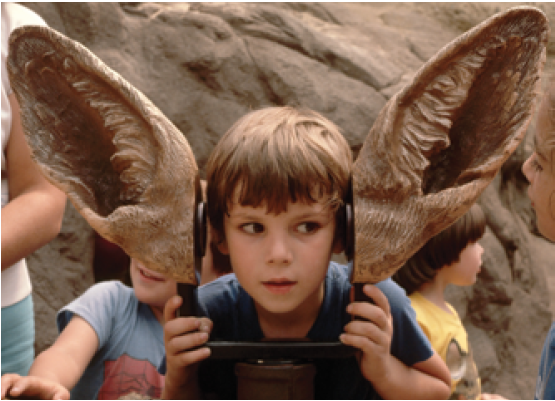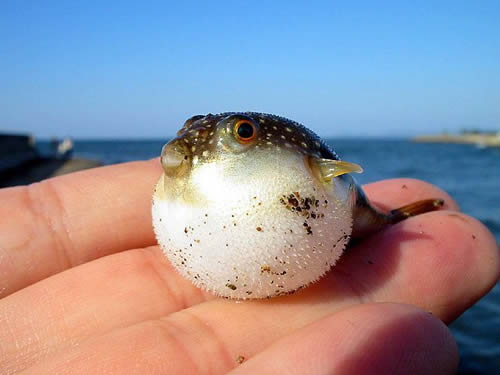By Jackie Schwartzstein, Vertebrate Ecology Lab
When did you first become interested in science? Do you remember the first time you got excited about learning something new? In the wake of my first year of graduate school, I am practicing a little metacognition.
In the past few months I've been hearing and reading some interesting ideas about how we learn:
1. A TED talk about how to get out of the way and let students learn, unsupervised. (Click the link and watch it!)

If you are reading this blog, you are already participating in a self-teaching, Internet-based learning opportunity. Sugata Mitra's talk proposes a system of teaching in communities where Internet cafes are not the norm, and undereducated youth lack the teachers they need. With his hole in the wall computer Mitra watched groups of students learn complicated scientific concepts in foreign languages, with no regular instructor or grade based incentive. In concert with the new idea for world wide Internet distributed through weather balloons (see this site), could Mitra's inspiring concept be our future?
2. A research study popularized by my Facebook wall, about how cute baby animal pictures help you think. (Click the link to read for yourself!)
If these authors are right, you will be much more productive with your office work after reading this article. Pictures of baby animals helped study participants perform both fine motor and visual search tasks, "interpreted as the result of a narrowed attentional focus induced by the cuteness-triggered positive emotion that is associated with approach motivation and the tendency toward systematic processing". Baby animal pictures improved task performance more than either adult animal pictures or photos of tasty food. Remember to glance at this page again before you shut your computer in the evening and drive home - it will make you a better driver!
3. An article about how Americans are learning outside of the classroom. (Click the link to read!)

This article suggests a theory to explain why American students perform poorly in math and the sciences (during K-12), compared to the rest of the world. It turns out that we might be learning more after we get out of school, bridging the gap later in life. The authors suggest that we can continue to bridge gaps in our public science education by improving science learning outside of the classroom, during "the other 95%" of our lives. The US has a good basis for this type of public education, with more natural history museums, aquariums, libraries, and science centers than most other developed countries.
"Insufficient data exist to conclusively demonstrate that free-choice science learning experiences currently contribute more to public understanding of science than in-school experiences, but a growing body of evidence points in this direction."
All in all, this seems to support what we are doing already at MLML. Students of marine science do a lot of their learning outside of school. Just look at our blog posts! Hands on field courses are what get us really excited here at MLML! And we even get the chance to look at cute baby animals from time to time.

Hope your summer is full of exciting things to learn!

